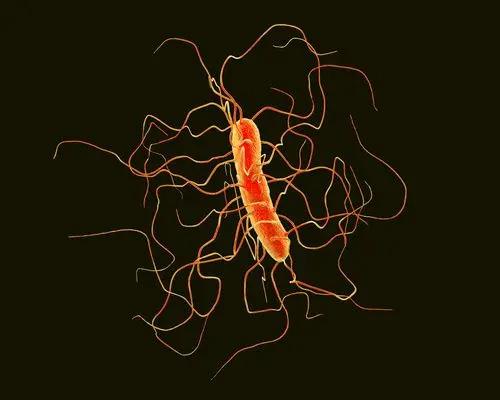First report of region-specific C difficile strains.
Image credit: Unsplash

Clostridioides difficile, a cause of healthcare-associated infections, poses a global health threat. This multi-institutional study across Japan focuses on epidemic dynamics, emphasizing minor and toxin-negative clinical isolates through high-resolution genotyping. The findings highlight the presence of diverse indigenous C difficile strains in regional environments, suggesting that cross-regional strains may spread more effectively within the community.
Some genotypes were identified in every hospital, while others were unique to specific hospitals or those in close geographic proximity. A hospital in a sparsely populated prefecture exhibited the highest prevalence of region-specific genotypes, and the isolation rate of cross-regional genotypes positively correlated with human mobility flow.
“These findings can be attributed to the utilization of a high-resolution genotyping method, the inclusion of hospitals located across Japan, and the analysis of clinical isolates encompassing minor and toxin gene-negative genotypes. This is the first report suggesting the existence of region-specific, indigenous strains of C difficile,” according to investigators.
A 6-month interval analysis at a university hospital from 2019 to 2021 revealed a temporal transition of genotype dominance. Frequent isolation of identical genotypes over a brief timeframe did not always align with current criteria for defining nosocomial outbreaks.
Key Takeaways
- The study identified 294 unique C difficile genotypes across 14 hospitals in Japan, with some shared and others unique to specific locations.
- Findings suggest that cross-regional strains of C difficile may spread more effectively in the community, correlating with human mobility and environmental factors.
- The research underscores the importance of ongoing molecular surveillance to monitor changes in strain prevalence and detect potentially more virulent strains.
“The modern food chain could contribute to the widespread distribution of food contaminated with cross-regional strains. On the other hand, the correlation observed between the isolation rate of cross-regional strains and human mobility flow suggests that these strains might be spreading among the general population, extending beyond healthcare settings into common living environments,” according to investigators.
This multi-institutional retrospective study gathered genotypes of C difficile clinical isolates from 2005 to 2022 across 14 hospitals in Japan (N = 982). The analysis identified a total of 294 unique genotypes, classified into cross-regional and region-specific categories.
“Currently, cross-regional strains are negative for the C difficile toxin (CDT). The isolation rate of CDT-producing strains in Japan has been relatively low (0 to 6.8%). It could be a concern if a CDT-positive strain were to emerge as a cross-regional strain. Hence, the implementation of molecular surveillance is imperative to monitor and detect such potential changes,” according to investigators.
The study has limitations due to its retrospective nature, which creates variability in genotyping methods across hospitals and affects the number of isolates and patient selection criteria. Some hospitals conducted genotyping in response to CDI outbreaks, while others applied it universally to all specimens positive for C difficile rapid testing, influencing genotype dominance and diversity. The study did not assess the phenotypes of clinical isolates, including toxin production and antimicrobial resistance, which will be addressed in future research. Despite these limitations, the central conclusion remains: each hospital exhibited a predominant C difficile genotype and a unique set of region-specific genotypes.
The longitudinal analysis underscores the need for further investigation into potential nosocomial spread. Ongoing molecular surveillance is essential to monitor changes in strain prevalence, with future research focusing on transmission dynamics and environmental factors to inform strategies for controlling CDI.








